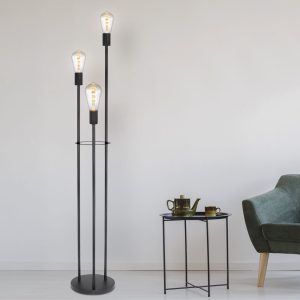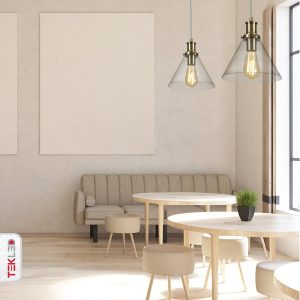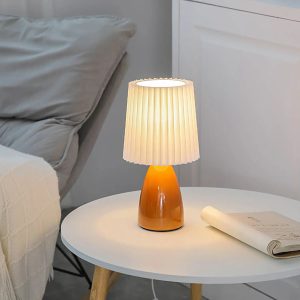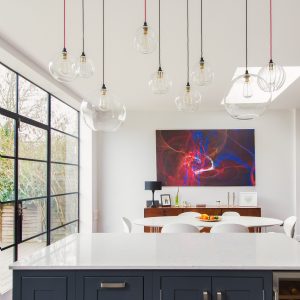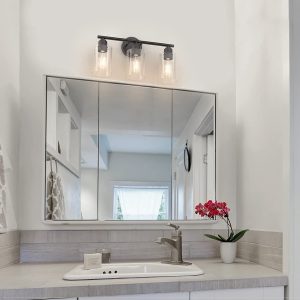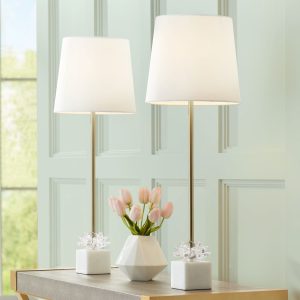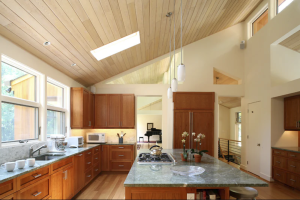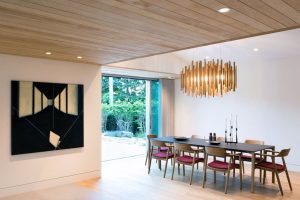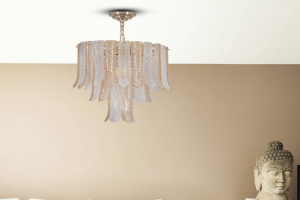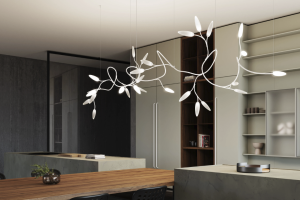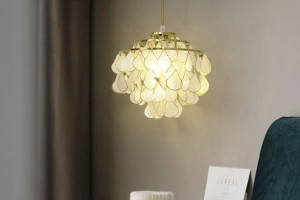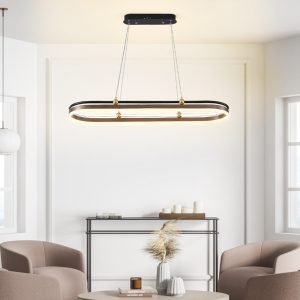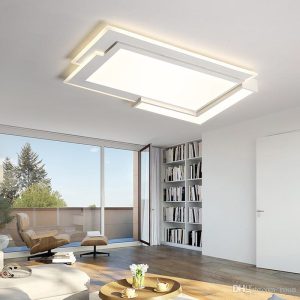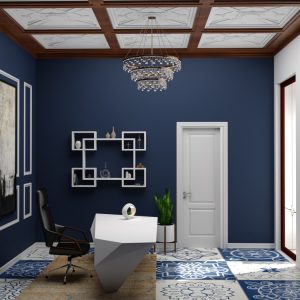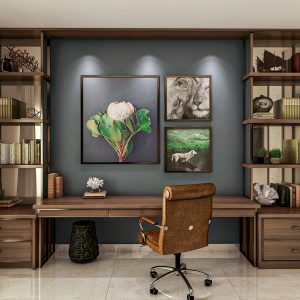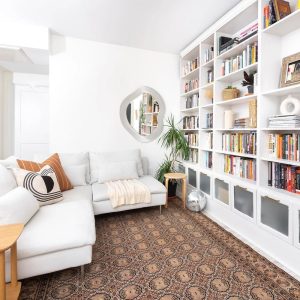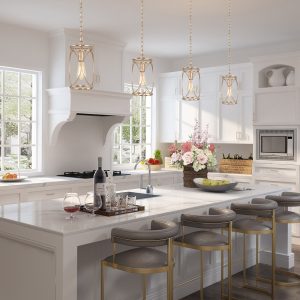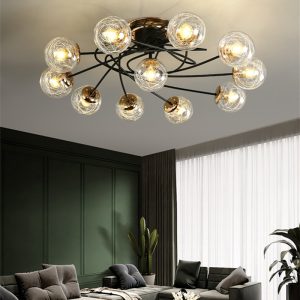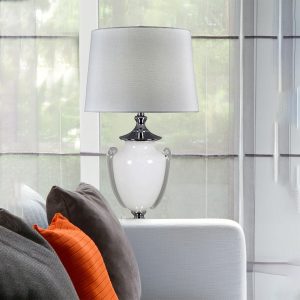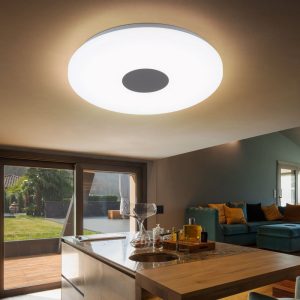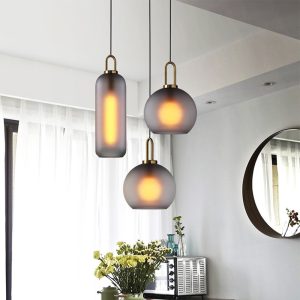Introduction
When it comes to designing any space, lighting is an essential aspect that can greatly impact the functionality, ambiance, and overall aesthetics of the area. Lighting design plays a crucial role in setting the mood, highlighting key features or focal points, and enhancing the user experience. In today’s world, where environmental consciousness and energy efficiency are the need of the hour, lighting design has evolved to incorporate sustainable and eco-friendly options. This comprehensive guide in PDF format aims to shed light on all aspects of lighting design, from basic concepts to advanced techniques.
Basic Concepts in Lighting Design
Before delving into the technicalities of lighting design, it’s essential to understand the fundamental concepts associated with it. The following are some of the basics of lighting design:
Types of Lighting
Lighting can be broadly categorized into three types: ambient lighting, task lighting, and accent lighting. Ambient lighting provides overall illumination and is meant to create a comfortable and well-lit space. Task lighting, as the name suggests, is used to focus on a specific task such as reading, working, or cooking. It is generally brighter than ambient lighting and can be adjusted to suit the user’s needs. Accent lighting is used to highlight a particular feature or object, such as a painting or sculpture, and is generally brighter than ambient lighting.
Color Temperature
Color temperature refers to the warmth or coolness of light and is measured in Kelvin (K). Higher color temperatures correspond to cooler, blue-toned light, while lower color temperatures correspond to warmer, yellow-toned light. Choosing the right color temperature can greatly impact the ambiance and mood of the space.
Lighting Layers
Effective lighting design involves layering light to create depth and dimension. The three main layers of lighting are ambient, task, and accent lighting. By incorporating these layers, lighting designers can create a layered effect that enhances the overall aesthetics of the space.
Advanced Lighting Design Techniques
While understanding the basics of lighting design is essential, advanced techniques can take the design to the next level. Here are some advanced techniques that designers can incorporate in their lighting design:
Daylight Integration
By integrating natural light sources such as windows or skylights, designers can reduce the reliance on artificial lighting while creating a more natural and inviting space. Designers can use daylight sensors to adjust artificial light levels depending on the availability of natural light.
Control Systems
Advanced lighting design often involves using control systems to regulate the lighting levels based on factors such as occupancy or time of day. Smart lighting control systems can also be programmed to adapt to changing environmental conditions or user preferences.
LED Lighting
LED lighting has revolutionized the lighting industry by providing a more energy-efficient and eco-friendly lighting solution. LED lighting is available in a wide range of colors, temperatures, and wattages, making it an ideal option for both residential and commercial spaces.
Eco-Friendly Lighting Design
In today’s world, where environmental consciousness is a top priority, lighting design has evolved to incorporate sustainable and eco-friendly solutions. Here are some eco-friendly lighting design ideas:
Energy-Efficient Lighting
Energy-efficient lighting options such as LED bulbs or CFLs can greatly reduce the energy consumption of a space while also decreasing maintenance costs. By retrofitting existing fixtures with energy-efficient options, designers can reduce the carbon footprint of the space.
Natural Lighting
Maximizing natural light sources such as windows or skylights can help reduce the dependency on artificial lighting while also creating a more natural and inviting atmosphere.
Solar Lighting
In spaces where natural light is limited, designers can install solar-powered lighting options, which can be recharged during the day to provide illumination at night.
Conclusion
Lighting design plays a crucial role in determining the functionality, ambiance, and aesthetics of a space. By understanding the basics of lighting design, incorporating advanced techniques, and adopting eco-friendly solutions, designers can create a lighting design that aligns with their client’s needs while also promoting sustainability. This comprehensive guide in PDF format provides a comprehensive overview of lighting design concepts and techniques, making it an indispensable resource for novice and seasoned designers alike.

